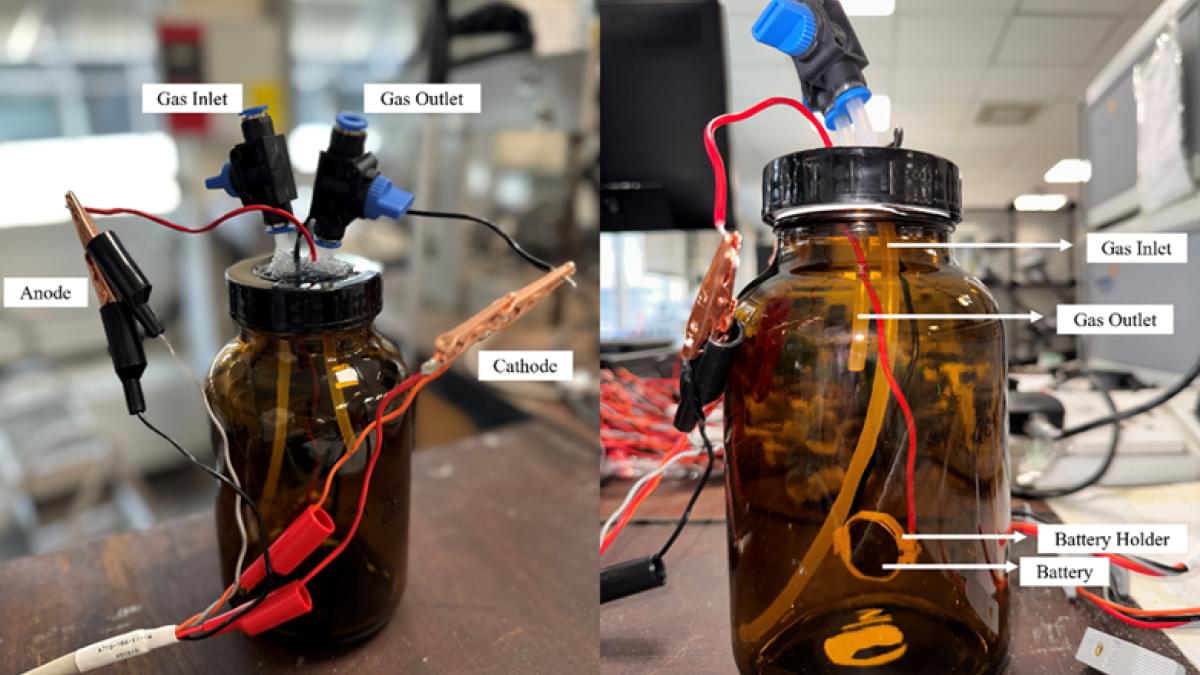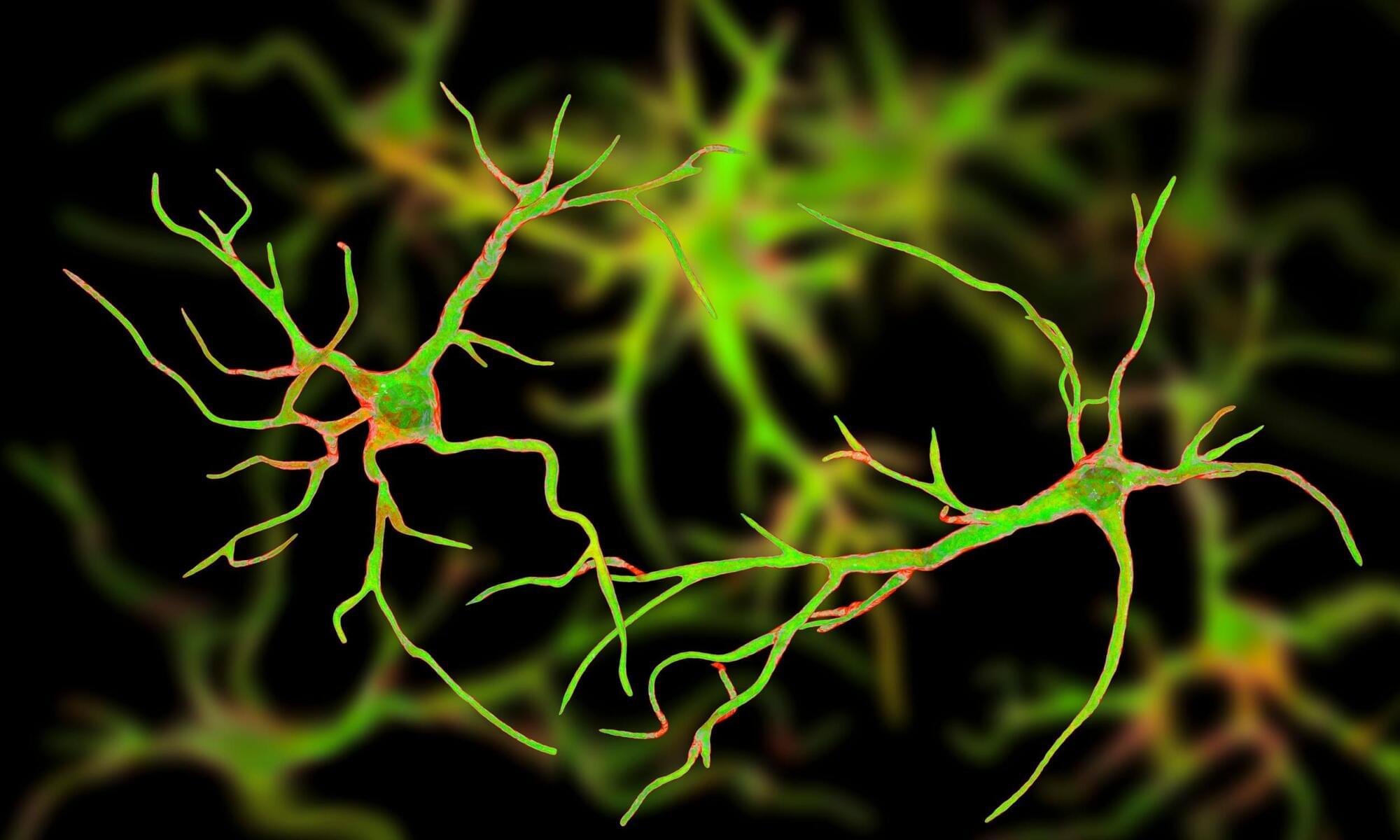Changes a big URL into tiny URL. With link editing, detailed click statistics, QR Codes and Custom Domains.


Women who have already passed through the menopause may be able to have children following a blood treatment usually used to heal wounds
What if the most powerful organ in your body isn’t your brain, but your heart? In this deeply revealing compilation from Gaia’s MISSING LINK Series 👉 https://www.gaia.com/lp/mindful-maste…, Gregg Braden uncovers a forgotten truth buried in both science and ancient wisdom—that your heart holds 40,000 brain-like cells capable of memory, emotion, and thought.
Learn how you can unlock total recall, deep intuition, and spontaneous healing through harmonizing two forgotten systems: your heart and your brain.
00:00 – The Nightmare That Solved a Murder.
03:15 – Human Chromosome 2: Engineered Evolution?
07:30 – The Brain in the Heart: 40,000 Neurites.
11:00 – Transferred Memories in Organ Transplants.
16:20 – Little Girl’s Memory Solves a Crime.
21:15 – Heart Intelligence vs Brain Intelligence.
25:00 – Ancient Cultures & Heart-Based Education.
28:40 – Unlocking Superhuman Abilities.
32:20 – Total Recall & Intuition on Demand.
36:10 – Reprogramming the Subconscious.
39:00 – Heart-Brain Harmony Triggers 1,300 Biochemical Reactions.
Cherck Out Gregg’s latest book Pure Human: The Hidden Truth of Our Divinity, Power, and Destiny here 👉 https://hayhs.com/ph_pp_hc_az.
👍 LIKE if you enjoyed this video!
🔄 SHARE with your friends and spread the knowledge!
🔔 SUBSCRIBE for more amazing content!
👉 Hit the BELL Icon on our HOME Page to stay updated with our latest releases!
Stay Connected.
Official website: https://greggbraden.com/about-gregg-braden/
Facebook: https://www.facebook.com/GreggBraden.
Twitter: https://twitter.com/GreggBraden.
Instagram: https://www.instagram.com/Gregg.Braden/
This channel is managed by:
Zohar Entertainment Group International Inc, USA
YouTube Certified Enterprise Partner — FAM Networks, USA
Facebook: / greggbraden.
Twitter: / greggbraden.
Instagram: / gregg.braden


Scientists have revealed a novel means of tracking everything from wildlife to illicit substances using environmental DNA detectable in the air around us.
The findings, outlined in a new study published in Nature Ecology & Evolution, show that tracking virtually anything using environmental DNA can be achieved as simply as capturing this ever-present genetic material from the air using a vacuum.
The discovery, made by a team led by David Duffy, Ph.D., reveals DNA as a powerful new tool for detecting and tracking living organisms and a range of substances in virtually any environment.
In a recent expedition, researchers drilled more than 1,600 feet into the West Antarctic Ice Sheet and discovered a subglacial river flowing beneath the Ross Ice Shelf, per Earth.com.
The river, about as tall as a 30-story building and as wide as a city block, is a blend of freshwater and seawater, slowly making its way toward the ocean.
“We struck water at the end of the borehole and with the help of our camera, we even discovered a school of lobster-like creatures — 400 kilometers from the open ocean,” expedition leader Huw Horgan said.

Scientists at the University of Surrey have made a breakthrough in eco-friendly batteries that not only store more energy but could also help tackle greenhouse gas emissions. Lithium-CO₂ ‘breathing’ batteries release power while capturing carbon dioxide, offering a greener alternative that may one day outperform today’s lithium-ion batteries.
Until now, Lithium-CO₂ batteries have faced setbacks in efficiency — wearing out quickly, failing to recharge and relying on expensive rare materials such as platinum. However, researchers from Surrey have found a way to overcome these issues by using a low-cost catalyst called caesium phosphomolybdate (CPM). Using computer modelling and lab experiments, tests showed this simple change allowed the battery to store significantly more energy, charge with far less power and run for over 100 cycles.
The study, published in Advanced Science, marks a promising step toward real-world applications. If commercialised, these batteries could help cut emissions from vehicles and industrial sources — and scientists even imagine they could operate on Mars, where the atmosphere is 95% CO₂
Go to https://groundnews.com/physics to stay fully informed about physics, other sciences, and more. Subscribe through my link to get 40% off the unlimited vantage plan, the same one I use, which breaks down to just $5/month with my discount.
You can help support this channel via the Physics Explained Patreon account: / physicsexplained.
We’ve all heard the claim: atoms are mostly empty space. That if you zoomed in far enough, you’d find 99.9999999999999% of an atom is just… nothing. But this idea, while popular, is deeply misleading.
In this video, we dive into the quantum reality behind that empty space — and reveal what truly fills the “void” inside atoms. From the discovery of the nucleus to the rise of quantum field theory, we’ll explore how jittering fields, zero-point energy, and vacuum fluctuations reshape our understanding of what “nothing” really is.
Along the way, you’ll learn:
Why Rutherford’s model gave birth to the “empty atom” idea.

Scientists at the San Raffaele Telethon Institute for Gene Therapy (SR-Tiget), Milan, have found that gene editing using CRISPR-Cas9 in combination with AAV6 vectors can trigger inflammatory and senescence-like responses in blood stem cells, compromising their long-term ability to regenerate the blood system.
The study, published in Cell Reports Medicine, outlines new strategies to overcome this hurdle, improving both the safety and efficacy of gene-editing-based therapies for inherited blood disorders.
The research was led by Dr. Raffaella Di Micco, group leader at SR-Tiget, New York Stem Cell Foundation Robertson Investigator and Associate Professor at the School for Advanced Studies (IUSS) of Pavia, in collaboration with Professor Luigi Naldini, Director of SR-Tiget, and several European research partners.
